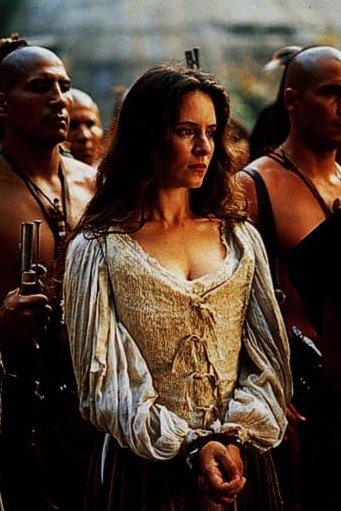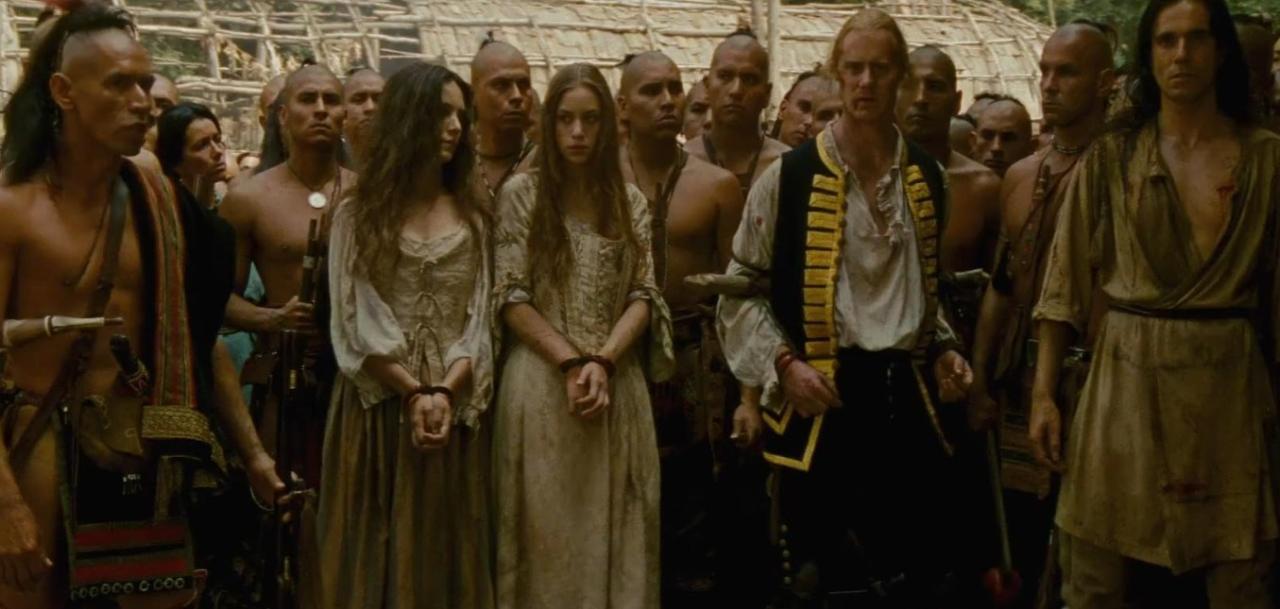Released in 1992, “The Last of the Mohicans” is a sweeping historical drama that has captivated audiences around the world. Directed by Michael Mann and based on the classic novel by James Fenimore Cooper, the film is a poignant exploration of the clash between colonial powers and the indigenous peoples of 18th century North America.

Set against the backdrop of the French and Indian War, the story follows Hawkeye, a rugged frontiersman raised by the Mohican tribe. When he becomes entangled in the plight of two British sisters, Alice and Cora Munro, Hawkeye is forced to confront the brutal realities of the conflict. Torn between his allegiance to the Mohicans and his growing affection for the Munro sisters, he must make harrowing choices that test his moral compass.
What makes “The Last of the Mohicans” so enduring is its masterful blend of sweeping action, breathtaking cinematography, and deeply complex characters. Daniel Day-Lewis delivers a career-defining performance as Hawkeye, imbuing the character with a raw intensity and quiet dignity. Madeleine Stowe and Juliette Binoche provide nuanced portrayals of the Munro sisters, whose fates become inextricably linked with Hawkeye’s.

The film’s visual splendor is equally captivating, with director Michael Mann’s eye for detail and composition transporting the audience to the rugged wilderness of colonial America. The majestic Appalachian landscapes, punctuated by the thundering sounds of battle, create a sense of both awe and unease, mirroring the turbulent emotions experienced by the characters.

But beyond its technical achievements, “The Last of the Mohicans” is a poignant meditation on the tragedy of cultural displacement and the human cost of war. The film’s depiction of the Mohican tribe’s struggle to preserve their way of life in the face of colonial expansion resonates with contemporary issues of indigenous rights and environmental preservation.
Through its timeless themes of love, loss, and the search for meaning in a world torn apart by conflict, “The Last of the Mohicans” has cemented its place as a cinematic classic. Its enduring appeal lies in its ability to transport the viewer to a bygone